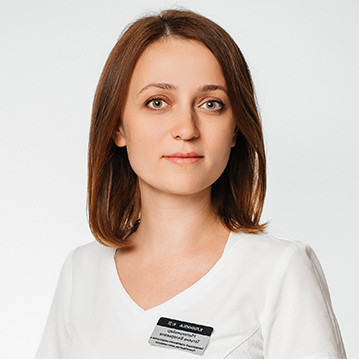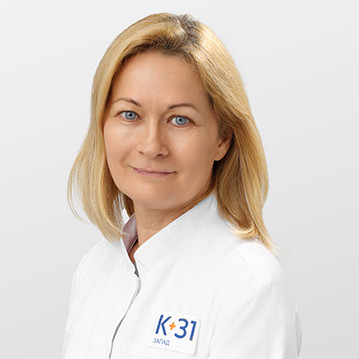
Indications
- Chronic pain in the syndrome of the operated spine.
- Pain after neurosurgical treatment, including stabilization of the spine.
- Neuropathic pains of the lower extremities, which occur, among other things, against the background of diabetes mellitus, manifested in the form of a "burning" in the legs.
- Osteoporotic spine, with neuropathic pain syndrome (that is, not due to physical damage).
Contraindications are mainly associated with the need for minimal maintenance of equipment (including charging):
- Dementia.
- Inflammatory changes on the skin at the site of surgery.
- Psychogenic pain syndrome.
Equipment
The K+31 clinic will use the SCS system of one of the companies: Abbott, Boston or Medtronic to minimize chronic pain. The system consists of three main parts: battery, cables and wireless remote control.
The battery is about the size of a matchbox, implanted in either the buttock or abdomen and is available for wireless charging.
Cables are wires coming from the battery, which are implanted in the upper part of the spine by neurosurgeons. The cables carry electrical signals to the nerves to minimize the feeling of pain.
The control panel is a portable device with which changes are made to the system settings. How and when to change them - in each case, the doctor specifies.
How is the operation going?
At the test stage (1-3 hours), sedation (anesthesia) is performed, after which electrodes are implanted under Rh-graphy. After the patient wakes up, a pulse test is performed. If "goosebumps" appear in the area prone to pain, then the electrode is installed in the right place.
Over the next five days, the dynamics is monitored - if the pain decreases from 30% down, then the result is considered positive and a permanent stimulator is installed, which takes about 20 minutes.






























